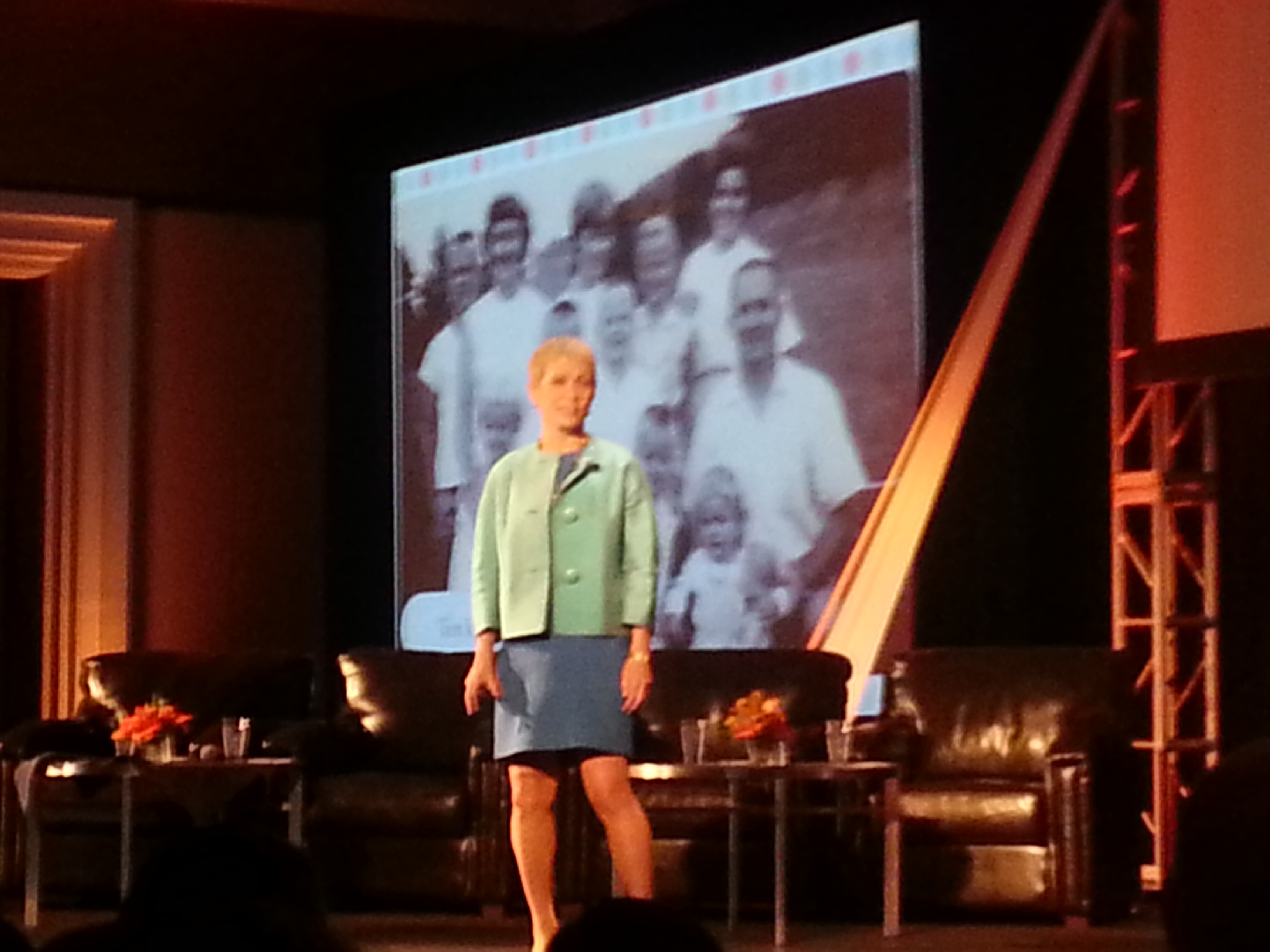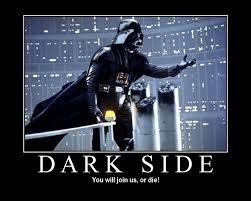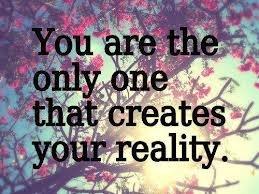The Middle Class Revolution
Running a mutual fund and being in the investment world for more than 20 years got me in the habit of looking to the future and observing the changes that were coming, and what they would mean for new opportunities. This was necessary to look at where to place money for the prospect of generating above-average returns. It also appealed to my entrepreneurial side of filling a gap that existed because of the opportunities that I was seeing. I would sometimes go into overload, thinking about all the things that could be done to take advantage of potential opportunities.
Changes in demographics, technology, and political and social trends have a major impact on what happens next and how we proceed to get there. Check out this video that was sent to me by my EO friend, Connor Neill, in Barcelona, Spain, called The New Middle Class Revolution: Facts and Figures.
Here are some of the interesting demographics and stats to note from the video. For instance, you are in the middle class if you earn $10 to $100 a day. The middle class will grow from 1.8 billion people in 2009, to 3.2 billion by 2020, and another 4.9 billion in 2030! Think about how staggering that is for a second. That is 1.4 billion people in a decade moving to middle class, to have a better life, and to have extra money to spend in the process. What are they going to spend it on? I hope they will buy your product or service.
China will become the largest market for automobiles, tourism, and online consumerism. India’s airports estimate 150 million travelers in 2013, and a projected 450 million by 2020. I have been in at least seven of them, and they are all under construction to be massive. The India middle class is projected to be 200 million in 2020, and 475 million in 2030, making up the world’s largest middle class. This type of growth is also happening in Africa and Latin American, so it is going on everywhere, except in extreme, communist-type economies, like that of North Korea.
This is what capitalism does for people – it creates opportunity for exchange, pulling people up from poverty to higher living standards and to better lives! Who does not want that for our fellow human beings? It is sad that there are those that want to stifle this by pushing some sort of socialist equality on people. I have seen what government-run equality means to people in India, and that is the large majority are equally poor and pathetic. Now, with a more capitalist approach, tens of millions are moving to the middle class. I have seen the changes with my own team over there in the past nine years.
Looking at these trends, how are you going to put your business in the path of this growth opportunity of so many millions and billions who will soon have extra money to spend? We all have seen the explosion in mobile. All the mobile apps out there give us ease in our lives, in one way or another. That is what I am doing to put myself in the path – building mobile apps. Think of a billion more people with smart phones in the next decade. Does the prospect of them having your mobile app present a growth opportunity for you?








